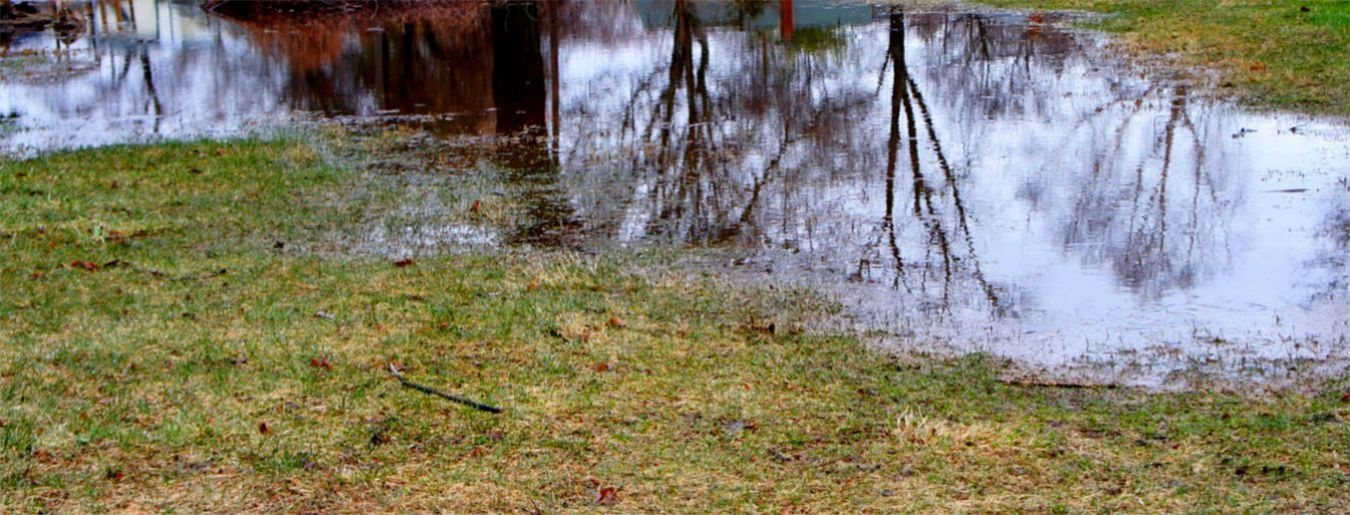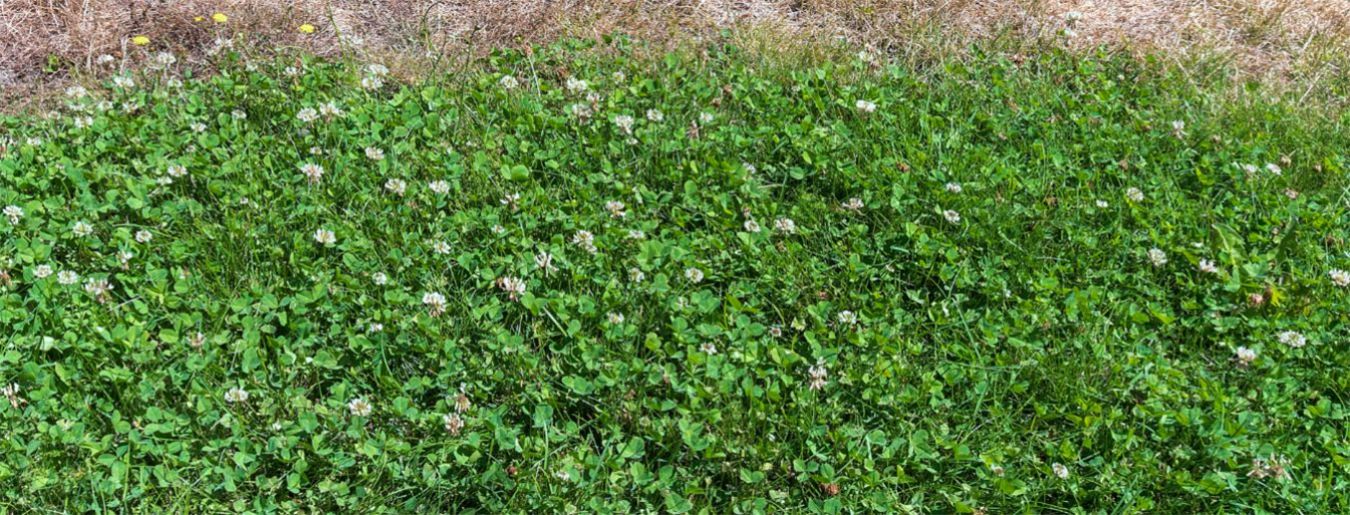A yard saturated with water is no mere nuisance. It can introduce a host of home troubles in addition to creating a muddy and unsightly mess. Fortunately, there are a few ways to mitigate and even remove standing water from your property.
In this article, we’ll review the main causes of lawn oversaturation and what could happen if you leave the problem unchecked. We’ll also share the most effective methods for draining standing water from your property.

Get Home Warranty Quotes
from Top Rated Authorized
Partners
Get a Quote
What Are the Causes of Standing Water in Lawn Tracts?
· Poor lawn grading. One of the most common causes of poor lawn drainage is improper grading. Ideally, a yard should slope gently from the home to the street to allow water to drain away from the home and property. A yard that has not been appropriately graded may have valleys or troughs that collect water, or it may have inclined areas that inhibit natural drainage.
· Heavy thatching. Thatch is the layer of organic material that exists just beneath the grass and atop the soil. It is composed of lawn trimmings, decaying leaves, seeds, and other various kinds of plant matter. As thatch grows thicker over time, it becomes harder for water to seep into the earth. Drainage slows significantly, causing water to pool on the ground’s surface.
· Compressed soil. Exceptionally dense soil can have a similar effect as heaving thatching. Clayey soils, especially in locations that experience a lot of human traffic and activity, may gradually compress. This dense earth inhibits water drainage, so water may pool for extended periods after heavy rainfall.
· High water table. The water table is the upper portion of an underground layer in which water saturates the soil and rock. Geography and climate will dictate how close the water table is to the land’s surface. If the water table beneath your yard is too high, the ground is already heavily saturated. Rain will pool on your yard as a result.
· Overwatering and faulty irrigation. Sometimes, pooling water is due to excess watering. Running a sprinkler system after periods of heavy rain may oversaturate the ground and cause puddling. In some cases, a leaky or malfunctioning irrigation system will lead to standing water.
What Are the Effects of Water Pooling in Yard Spaces?
· Mosquitoes. Some insects, notably mosquitoes, lay their eggs in still, shallow pools. Standing water in a grassy lawn is the perfect breeding ground for mosquitoes. If you neglect to deal with flooding problems on your lawn, you may find yourself swatting away mosquitoes and itching bug bites all season long.
· Foundation trouble. Perhaps a more troubling problem is the possibility of home damage. If excess water collects near the base of your home, it could damage or undermine your foundation. Standing water near wooden supports for your porch, deck, or stairs may also cause the wood to rot.
· Dead and dying grass and plants. A sodden lawn will also drown your grass and other plants. Grass will die and decay, leaving large blotches of muck. Trees, shrubs, and ornamental plants may also die, ruining your landscaping. You may have to pay for a professional service to remove dead trees and other large plants.
How to Stop Standing Water in Yard Spaces: 5 Methods
There are a few ways of resolving issues with standing water in your lawn. Choose the methods that work for your property and budget.
1. Divert water with trenches or pipes.
One way of getting rid of standing water is to channel it away. A lawn specialist or landscaper can help you determine where pipes, trenches, or drains should be set to allow for the efficient transfer of water. A drain and underground pipe may be a good solution for water that tends to pool under gutters or downspouts. In other places, a trench or French drain can be more effective.
Don’t be concerned about unsightly drains or trenches. A French drain can be ornamented with rocks and plants to look quite beautiful.
2. Regrade your yard.
If the topography of your lawn makes it prone to flooding, grading your lawn is a worthwhile investment. A local contractor or landscaper can survey your yard. They may fill in low-lying areas, level off slopes, or create a gentle incline to facilitate drainage.
3. Dethatch and aerate your lawn.
If heavy thatching or soil compression are causing your flooding problems, rake and aerate your lawn. Raking will thin out the dense layer of thatch beneath your grass, allowing for greater permeability of water. A lawn aerator will work the soil to make it less dense.
There are manual aerators, but a powered aerator will be more efficient. You can likely rent one from your local hardware store.
4. Install a dry well.
A dry well is essentially a large tank that is buried in a low-lying place that is prone to flooding. Excess water collects in the tank, and the well releases the water gradually into the earth. This drainage keeps the lawn above the tank sufficiently dry.
5. Plant a rain garden.
An innovative solution to flooding problems is to populate your lawn with plants that thrive in watery conditions. Certain trees, shrubs, grasses, and flowers will drink up the excess water. Depending on your plant hardiness zone, you can plant ferns, switchgrass, cranberries, blueberries, bergamot, and many other beautiful plants.




 Prev Post
Prev Post



